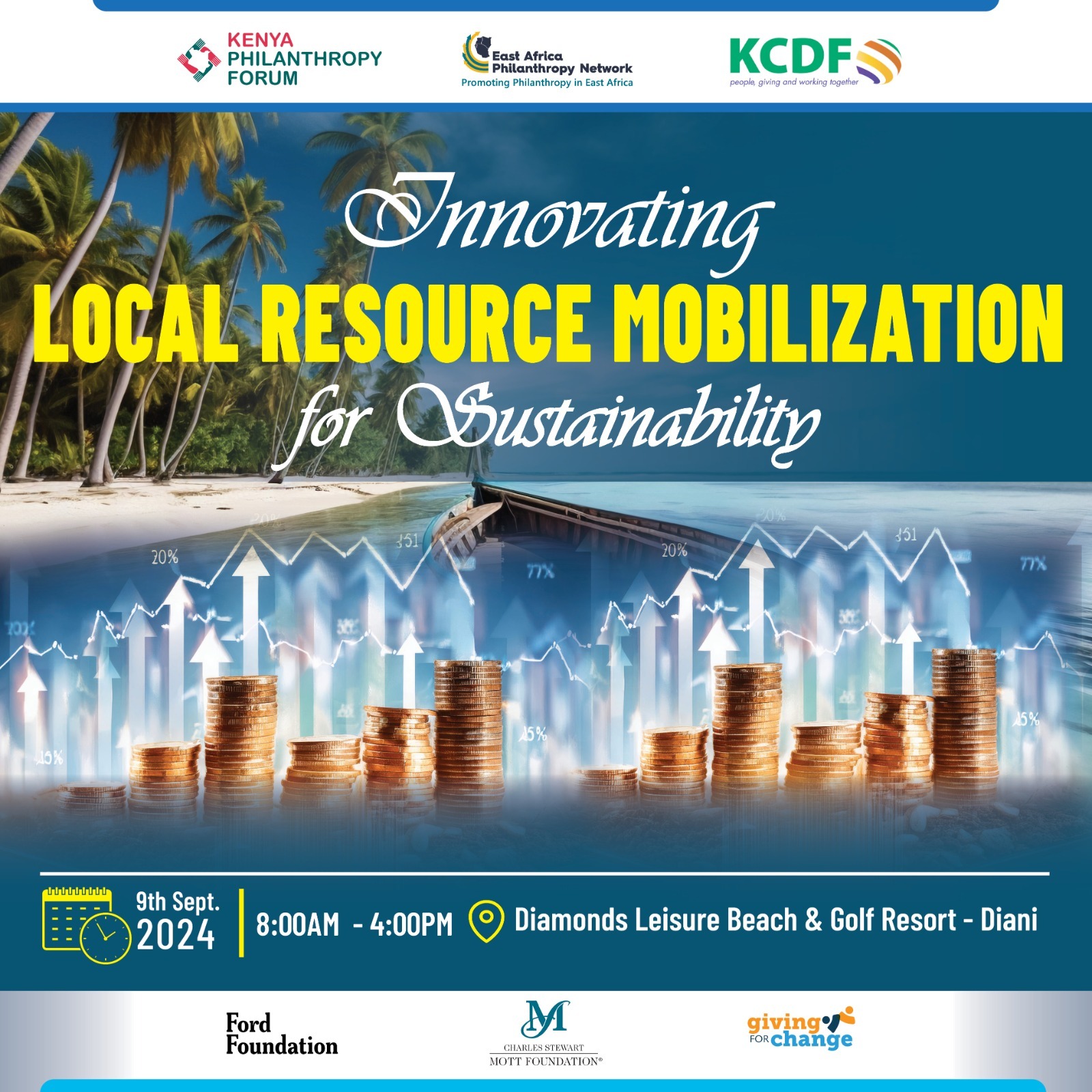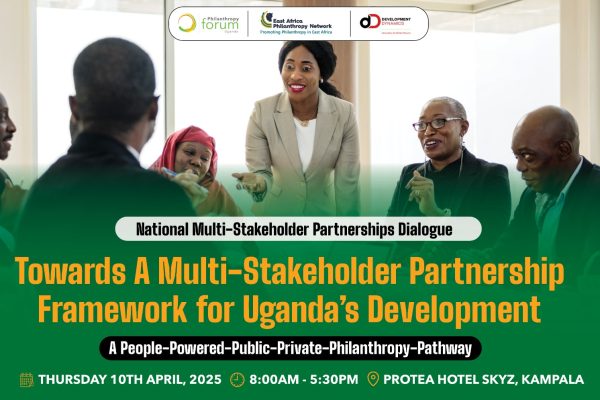Local resource mobilization, conceived as a strategic imperative within East Africa, has increasingly become central to the discourse on sustainable development. Its relevance is tied to the region’s aspiration for economic autonomy and is anchored in understanding the systemic shifts necessary for revolutionary community development. The urgency of adopting this model arises from a critical analysis of global financial dependencies that often leave the region vulnerable to external economic shocks and policy shifts. The transition towards indigenous resource pools represents a deliberate move to insulate the region’s development agenda from such volatilities, ensuring the growth path is self-sustained and resilient.
Strategically, local resource mobilization harnesses the intrinsic value of aligning investment with indigenous priorities and contexts. It necessitates a rigorous reevaluation of existing resource channels and the creation of innovative financial instruments that cater specifically to the local economic landscapes. This approach is informed by an empirical understanding that when effectively tapped, local funding mechanisms not only boost economic empowerment but also enhance governance structures. By redirecting the focus to local assets—financial, natural, or human—there is a substantive increase in accountability and transparency in fund allocation and usage, fostering a culture of responsibility often absent in externally funded projects.
The factors necessitating this paradigm shift are manifold. Economically, there is a growing recognition of the latent potential within local markets and the untapped wealth of regional philanthropies and corporate social responsibility (CSR) initiatives. Socially, the drive towards local resource mobilization reflects a deeper cultural and community-based engagement, recognizing that sustainable development is most effective when rooted in local knowledge and practices, respecting and valuing the unique contributions of each community. Moreover, the environmental imperatives for localized resource management have become unignorable, compelling a reconfiguration of resource utilization to prioritize ecological sustainability alongside economic growth.
The imperative for embracing local resource mobilization is further underscored by the evolving global economic landscape, where dependency on foreign aid and investment poses risks of policy and currency fluctuations impacting local economies. East Africa can significantly enhance its economic stability and autonomy by shifting the focus towards mobilizing local resources. This approach is not simply about sourcing funds locally; it involves creating an advanced financial infrastructure that supports local enterprises, leverages local capital markets, and taps into the wealth of regional philanthropies and corporate entities. Through such mechanisms, East Africa can catalyze sustainable economic growth that is less susceptible to external shocks and more aligned with the long-term developmental goals of the region.
Considering these considerations, the Kenya Philanthropy Forum is set to host a significant event in partnership with the East Africa Philanthropy Network and the Kenya Community Development Foundation. This gathering will convene civil society organizations across Kwale County focusing on “Innovating Local Resource Mobilization for Sustainability.” Planned to take place at the Diamonds Leisure Beach & Golf Resort, Diani, on the 9th of September, 2024, the forum aims to engage these stakeholders in deepening their understanding and enhancing their practices around sustainable local resource development. Through collaborative discussions, expert-led panels, and strategy sessions, the event will empower participants with the tools and insights necessary to tap into local resources effectively. This initiative is designed to bolster the autonomy and economic resilience of the communities within Kwale County by fostering a robust, locally-driven financial ecosystem. The forum will explore innovative financial instruments and models that can be adapted to the unique economic landscapes, encouraging a sustainable approach to development that is both inclusive and impactful.



